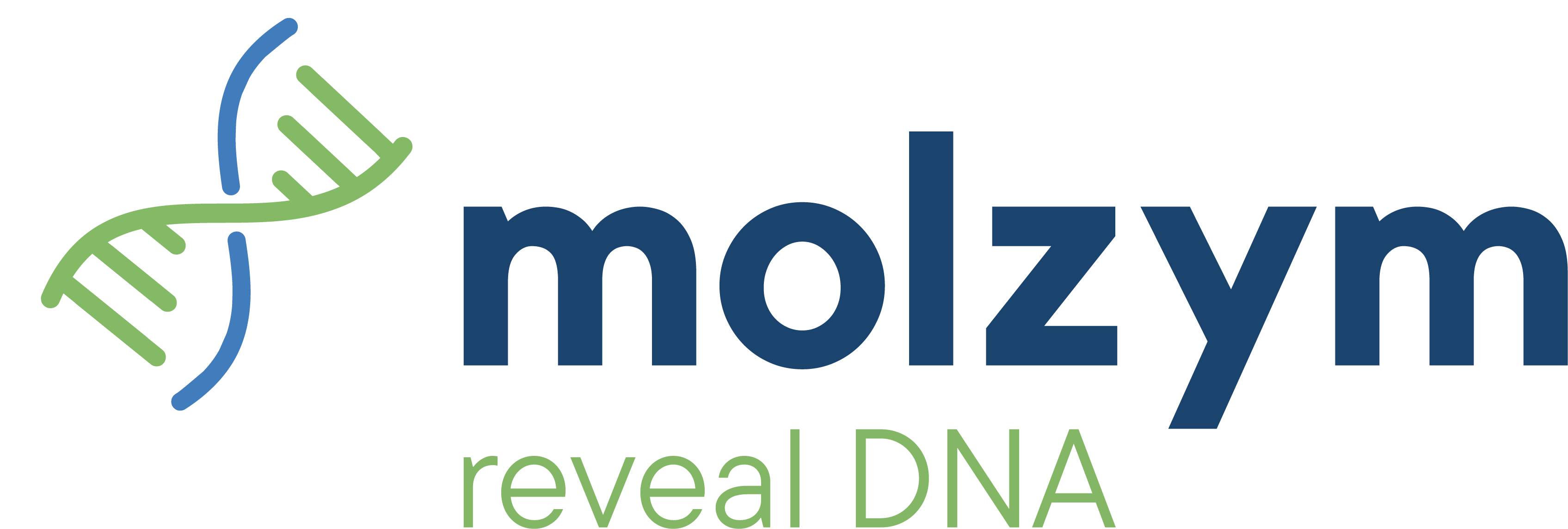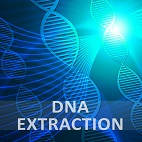Optimal DNA Extraction for Molecular Pathogen Analysis |
| 24 October 2018 |
|
Molecular methods are based on the analysis of nucleic acids and hence are independent of the growth of pathogens. These methods have the potential to enable early use of specific antimicrobials and improvement of clinical outcome. There are major challenges, however, connected with the use of molecular methods. Among others, the assay has to be able to detect low loads of pathogens prevailing in the blood. Moreover, the negative effect of high concentrations of human DNA on assay performance has to be eliminated. Lastly, an efficient method needs to lyse microorganisms with very different cellular structures in order to provide high yields of pure DNA. In their recent publication, Dalla-Costa et al. [1] addressed the problem of an efficient DNA extraction protocol for optimised assay sensitivity. They tested 10 different commercial kits, including 7 manual and 3 automated extraction protocols. Pre-extraction procedures were applied with the aim to lyse blood cells, remove human DNA and PCR inhibitors, and disrupt microbial cell walls. For this, blood samples were spiked with serial dilutions of Escherichia coli, Staphylococcus aureus and Candida albicans, respectively. Quality measures of the extraction protocols included determination of DNA purity, yield and amplification thresholds in 16S rRNA gene- (bacteria) and ITS2-targeted (yeasts) Real-Time PCR assays, respectively. All extraction protocols gave comparable results at high pathogen loads (106 cfu/ml). In contrast, at low loads the analytical sensitivity values varied among the protocols. The authors found the best results with the UMD-Universal CE-marked kit (now renamed as “SepsiTest™-UMD”) in respect to DNA yield, purity and detection of the strains at the lowest loads (depending on the strain, 101-103 cfu/ml). In their conclusion, the authors highlighted the need for several improvements, including reduction of processing time and complexity, the need for automation, analysis of variable numbers of samples and detection of low microorganism loads. Note: Molzym now offers a completely automated protocol (Micro-Dx™ kit, SelectNA™plus robot), that includes pre-processing for human DNA removal, enrichment of microorganisms and extraction of microbial DNA from blood and various other body fluids as well as tissue biopsies. Please Diese E-Mail-Adresse ist vor Spambots geschützt! Zur Anzeige muss JavaScript eingeschaltet sein! for more information. |
| Reference |
| [1] Dalla-Costa LM, Morello LG, Conte D, Pereira LA, Palmeiro JK, Ambrosio A, Cardozo D, Krieger MA, Raboni SM (2017) Comparison of DNA extraction methods used to detect bacterial and yeast DNA from spiked whole blood by real-time PCR. J Microbiol Meth 140, 61-66. |
| Brochure Product Information |

 Sepsis is a life-threatening systemic infection caused by bacteria and fungi in most of the cases. Timely initiation of antimicrobial therapy that specifically targets the infectious agent is often delayed, because blood culture diagnosis takes two or more days until positive and even longer until negative results are available. Moreover, a considerable part of cultures stays negative due to broad-spectrum antibiotic treatment before blood draws.
Sepsis is a life-threatening systemic infection caused by bacteria and fungi in most of the cases. Timely initiation of antimicrobial therapy that specifically targets the infectious agent is often delayed, because blood culture diagnosis takes two or more days until positive and even longer until negative results are available. Moreover, a considerable part of cultures stays negative due to broad-spectrum antibiotic treatment before blood draws.